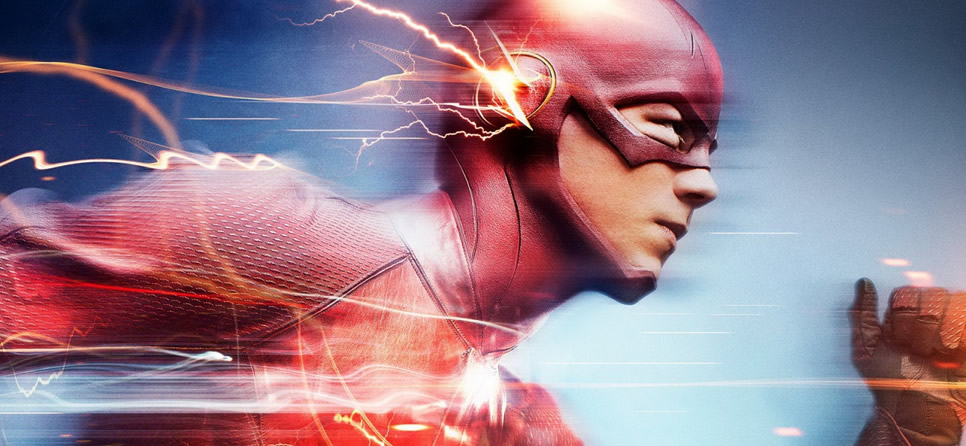
It is a truth universally acknowledged that when a superhero in possession of super-speed appears in a movie, the passage of time will appear to slow down when they use their powers (particularly if the film is directed by Zack Snyder). Portraying events from the speedster’s perspective is a visually striking way to represent relative motion, as events that appear fast to stationary observers (such as a bat-a-rang thrown across the room) will appear slow to someone who can move at super-speed. But there’s another aspect of the slowing of time for the Scarlet Speedster which has nothing to do with movie special effects, and everything to do with Albert Einstein, that makes determining the age of the Crimson Comet a challenge.
Einstein’s Special Theory of Relativity rests on two fundamental principles: that the laws of physics are the same for everyone, stationary or moving, and that everyone, at rest or in motion, would determine that the speed of light has the same value. This second rule is counter-intuitive. Certainly if the Flash were running at 700 miles per hour next to a bullet also travelling at 700 miles per hour, then to the Sultan of Speed the bullet would appear to be stationary. To me, sitting on an easy chair, the bullet would appear to be truly speeding, while to the Tornado Titan the bullet would not be moving at all. However, for all observers, no matter how fast or slow they were moving, they would all measure the speed of light to be 186,000 miles per second. To determine how fast something is moving, one checks the distance it travels in a set time period. In order for everyone to measure the same value of the speed of light, then moving and stationary observers must disagree on lengths and the passage of time. Those moving and stationary will see different distances, and record different time intervals, and their disagreement will be such that they will all agree on the same value of the speed of light.
Think about the Viceroy of Velocity running at 99.99% of the speed of light. Even though his speed relative to someone standing still is just a tiny fraction below light speed, he would still measure the same speed of light as would a person on the ground. However that person and the Flash (I seem to have run out of nicknames) would have a strong disagreement of how fast their clocks were ticking. For the Flash, his watch would seem to operate normally while the stationary observer, looking at the Flash’s wrist, would see the clock moving much slower, so that one second from the Flash’s perspective would be over 70 seconds to the person standing still.
In fact, in the story “Slowdown in Time,” in Flash #141 (published in 1963), a canny physics professor (is there any other kind?) tried to deduce the Flash’s secret identity (spoiler alert: Barry Allen). He checked Barry’s wristwatch, and then after the Flash had caught a criminal gang, checked Barry’s watch again, expecting it to be running slow due to time dilation. Barry Allen, being a scientist himself, knew to set his watch ahead to compensate for this relativistic effect.
But the one thing Barry Allen can’t change is his physical age. Running for an hour (from his point of view) at 99.99% the speed of light, nearly three days will have passed for the rest of us, not able to move at such high speeds. In the Warner Bros. film Justice League, the Flash is played by the youthful actor Ezra Miller. Or at least he appears youthful to us – thanks to time dilation effects, he could be well over 300 years old!